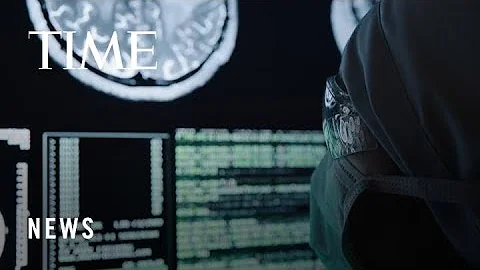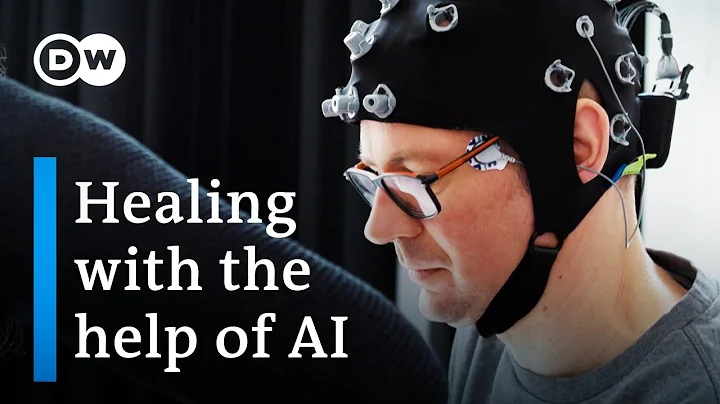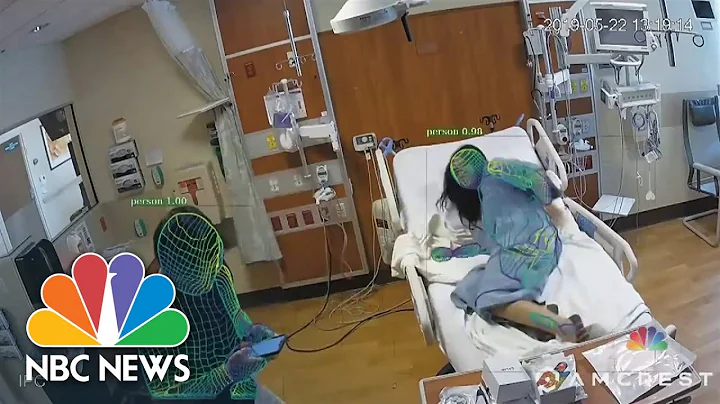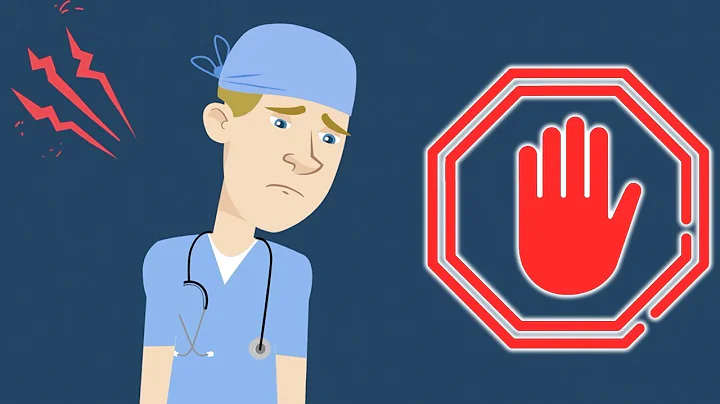Correspondent Shu Chunmei Reporter Chen Tiantian
Condyloma acuminata is a sexually transmitted disease caused by human papillomavirus infection and is mainly warty hyperplasia of skin and mucous membranes. The disease is easy to relapse and has a great impact on patients' daily life and mental health.
There are currently many methods for treating genital warts, including external application of drugs, liquid nitrogen freezing, laser or microwave cauterization, surgery, chemical peeling and other methods. An individualized treatment plan can be selected based on the size, number, location, and shape of the warts, as well as the patient's wishes, economic conditions, adverse reactions, and individual differences such as the patient's age, immune status, and compliance, and can also be combined. However, even after the visible warts subside, HPV latent infection may still persist, so the chance of recurrence of the warts is higher.
Is there a treatment method that can quickly remove warts and reduce the recurrence rate of genital warts to the lowest extent? The answer is that there must be, that is photodynamic therapy . Then let's take a look at the issues related to the treatment of genital warts with photodynamic .
Why can photodynamic therapy treat genital warts? The mechanism of photodynamic therapy is that the drug 5-aminolevulinic acid (ALA) can be enriched in tumors and hyperplastic tissues, and a series of enzymatic reactions occur in the mitochondria to generate protoporphyrin Ⅸ (PpⅨ ); PpIX is a true photosensitizer. Under the irradiation of a specific wavelength light source, PpIX is activated, absorbs light energy and converts it to surrounding oxygen molecules to generate singlet oxygen, oxygen radical and other reactive oxygen species, exerting a photodynamic effect. reactive oxygen species can directly kill keratinocytes infected by human papillomavirus (HPV), activate local anti-viral immunity, and play a role in treating genital warts.
What is the specific operation process of photodynamic therapy? First, we need to pre-treat the skin lesions. At this time, various traditional treatment methods can be used, such as freezing, laser cauterization, chemical peeling, etc. Through pretreatment, on the one hand, the volume and number of warts can be reduced, and on the other hand, the treated wound surface is conducive to the absorption of ALA. Next, prepare the drug. The concentration chosen to treat genital warts is generally 20%. Then soak the cotton pad with the drug and apply it to the affected area, and seal it for 3-5 hours. Afterwards, the wrapped cotton sheets are removed, and red light irradiation treatment is performed, usually for 20 minutes per irradiation area.
Is the treatment process of photodynamic therapy painful? Photodynamic therapy for genital warts is indeed painful, but most people can tolerate it. In the pre-treatment stage, pain can be relieved through local injection of anesthetic and external application of anesthetic. During the illumination stage, cold air can be blown through the air cooler , and the two-step method (low-dose red light irradiation for the first 5 minutes, and then adjusted to the therapeutic dose after gradual adaptation) can be used to illuminate the patient. After illumination, cold compress can also be used to relieve pain.
Photodynamic therapy treatment interval? Under normal circumstances, the wound heals quickly after photodynamic therapy treats genital warts, and can be treated once a week. If you encounter a female patient's menstrual period, try to avoid it and wait 3 to 5 days after the end of menstruation before treatment.
For initial cases, 3 to 4 times is usually a course of treatment; for recurrent and refractory cases, 4 to 6 times is usually a course of treatment, and additional treatment courses can be added if necessary. Regular follow-up visits are required after treatment, and no recurrence after 6 months of follow-up can be considered a cure.
Before treatment, you should clean the affected area, keep underwear clean and dry, and wear loose clothing. Do not urinate after external application of the drug and during light exposure, so it is not advisable to drink a lot of water before treatment. Occasionally there will be slight burning pain within 5 minutes before the treatment starts, which is a normal reaction. The pain will disappear after 5 to 10 minutes. After
treatment, you should drink more water and urinate more. Some patients may experience mild local erosion, redness and swelling, which is normal and generally does not require treatment. The lesions should be kept clean and dry. You can apply iodophor locally, 3 times a day. If you have other adverse reactions, you should consult the photodynamic therapy medical staff in time.
Sexual intercourse is prohibited during treatment, and sexual partners should be examined and treated at the same time. Follow the doctor's instructions for treatment and maintain regular follow-up visits. During treatment, you should quit smoking and drinking, pay attention to the balance between work and rest, avoid spicy and stimulating foods, and maintain a good mood.
Judging from the current clinical use, the side effects of this treatment are much less than those of existing treatments. This treatment is a brand-new targeted treatment with high safety, less trauma and adverse reactions. It is better to wait; from the perspective of efficacy: ALA photodynamic therapy treatment has the characteristics of high clearance rate and low recurrence rate; from the perspective of treatment site: photodynamic therapy can be extended to the urethra that is difficult to treat with physical therapies such as CO2 laser or liquid nitrogen freezing Condylomata acuminata in the mouth, urethra, vagina, cervix and anal canal are the first-line treatment for the disease in the luminal canal; from a safety perspective: photodynamic therapy is a targeted treatment that does not affect normal tissues and has few adverse reactions. , leaving no scars, and treating the urethral orifice will not leave sequelae such as urinary dysfunction to the patient. Especially for women of childbearing age who have cervical and vaginal genital warts, genital warts cannot destroy normal physiological structures and do not affect fertility.
Which genital warts are suitable for photodynamic therapy? Intracavitary genital warts: mainly include genital warts in the urethra, cervix, vagina, and anal canal. Photodynamic therapy is the first-line treatment for intraluminal condyloma. Photodynamic therapy can also be chosen for refractory external genital and perianal condyloma. In addition, photodynamic therapy also has good effects on HPV-related diseases such as Bowenoid papulosis , cervical or vaginal, and vulvar intraepithelial neoplasia.
No treatment method is omnipotent, and the same is true for photodynamic therapy. It is currently the most effective treatment method for treating condyloma acuminata, especially refractory condyloma acuminata and intraoral condyloma acuminata, and has the lowest recurrence rate, but the cure rate is also It is less than 100%, and the effect is sometimes related to the patient's immune status, compliance, whether it is combined with tumors or diseases that reduce immunity. When patients receive photodynamic therapy, if the rash resolves <50%>
The photodynamic treatment process includes three stages: pretreatment, dispensing, applying, and illumination. The pretreatment time depends on the size and number of the warts and the difficulty of treating the warts. It takes about 10 to 20 days to prepare and apply the medicine. minutes, and then about 3 hours of packet time and 20 minutes to 1 hour of illumination time. Therefore, if you make an appointment for photodynamic therapy, you need to set aside more than half a day for the treatment.

Expert introduction:
is the deputy chief physician of the Department of Dermatology of Binzhou Medical College and the deputy director of the Dermatology and Venereology Teaching and Research Section of the First Clinical College of Binzhou Medical College. He is a member of the Integrated Traditional Chinese and Western Medicine Branch of the Geriatrics Society of Shandong Province, a committee member of the Skin Cosmetology and Dermatology Surgery Branch of Shandong Provincial Research Hospital, and a member of the Dermatology and Venereology Branch of Binzhou Medical Association. Since 2006, he has been engaged in clinical, teaching and scientific research work in the Department of Dermatology, Binyi Hospital Affiliated Hospital, and has won the trust of patients. Main areas of expertise: facial disfigurement diseases (acne,rosacea,flat wart, etc.), pigmentary diseases (freckles,age spots,chloasma,nevi of Ota, tattoos, etc. ), various scars, facial rejuvenation and other laser beauty treatments. He also has unique insights into the diagnosis and treatment of immune skin diseases, allergic skin diseases, and sexually transmitted diseases.
clinic hours: all day every Tuesday and Sunday.





![Institute of Infectious Disease and Molecular Medicine [IDM], University of Cape Town - DayDayNews](https://i.ytimg.com/vi/mhbCnTT4apk/hq720.jpg?sqp=-oaymwEcCNAFEJQDSFXyq4qpAw4IARUAAIhCGAFwAcABBg==&rs=AOn4CLBCoAke_NMV-tnQbWZye5dM5s53sg)















